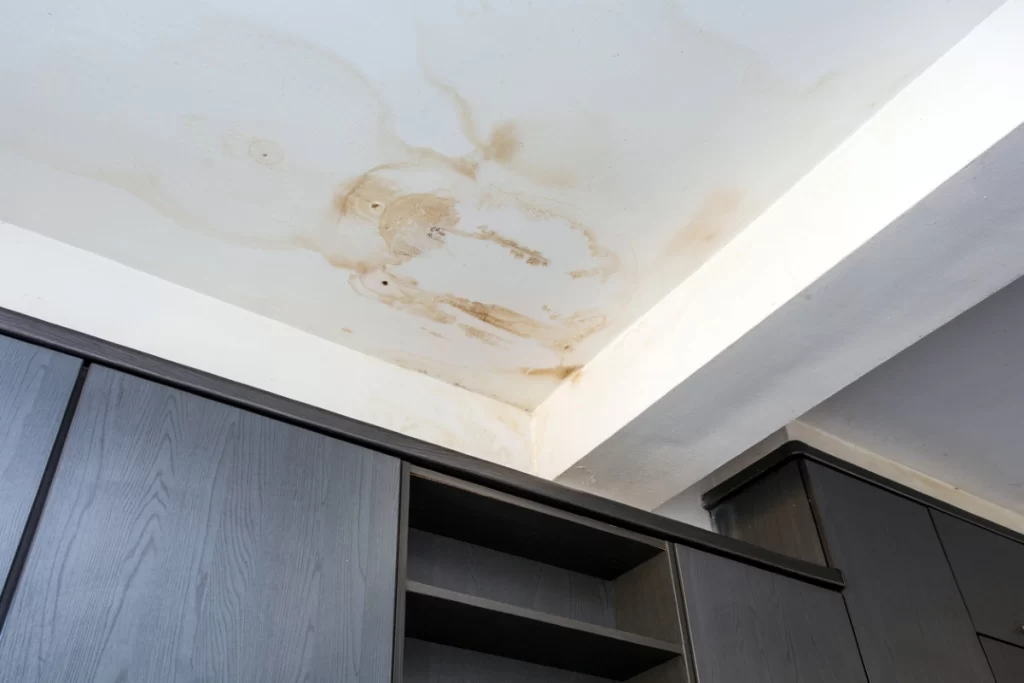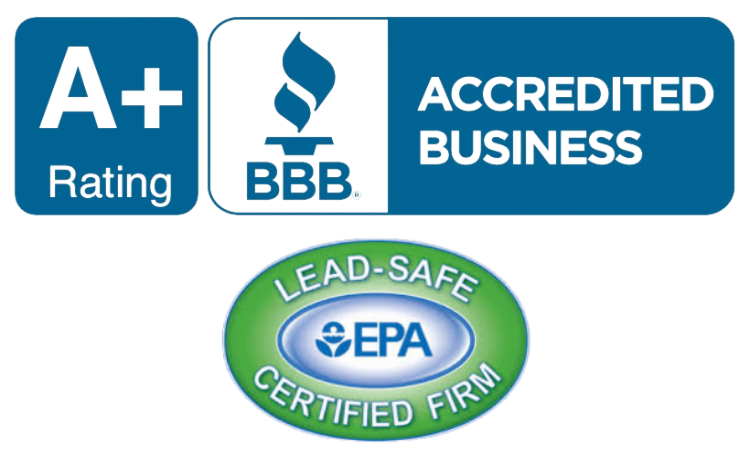Have you ever faced the problem of water spots on the ceiling that were not there before and spread across the surface that was once white? Relax – we will take care of you! We’ll get our hands dirty and examine the ins and outs of getting rid of the annoying ceiling water stains. Whether it is tracing the origin of the problem or the gradual removal process that follows, here is your all-inclusive guide to restoring your ceiling to its previous state.
Understanding Ceiling Water Stains
Water stains on the ceiling can be a homeowner’s biggest problem, being colored patches on your ceiling. Such marks not only create an unpleasant view but also are indicative of problems that need to be handled immediately. These marks frequently signify that there is water seepage or leakage from the roof or plumbing system above.

The knowledge about the composition of ceiling water stains will enable you to battle them off successfully. In the most cases, the stains are formed by mineral deposits and organic matter carried by the leaking water, and these then leave a trace of discoloration on the ceiling surface. It is important to determine the kind and the magnitude of the stain, which helps identify the correct removal procedure.
Before going to eliminate ceiling water stains, you must have a comprehensive understanding of their effects on the structural integrity of your home and indoor air quality. Adopting preventive measures to tackle these challenges at an early stage can save you both time and money and spare you future headaches.
Knowing the cause of the spotting
Ceiling water stains that are eyesores may be tempting to remove immediately but be careful to identify the source of the problem first. The first and the most important thing is to identify the water source. Is it a seeping roof, a burst pipe, or condensation accumulation? By identifying the source of the stain, you are able to prevent additional damage and implement effective stain removal.
Thoroughly examine your ceiling for any spot which can be a sign of leakage, like water spots or discolorations. It is critical that action is taken promptly because mold can develop if water stays for long periods of time, and it can also cause structural problems. In case it is required, meet with a specialist to make the diagnosis and tackle the root of the issue.
However, identifying and resolving the source of the ceiling water stains is as crucial as doing the job aesthetically. Therefore, do not forget to research the causes of stains and the best methods for their removal before you start the process.
Preparing for Removal
Prior to the removal of ceiling water stains, it is imperative to prepare to avoid any unforeseen circumstances that may occur. First, you must gather all the necessary materials, for example, a ladder, eye goggles and gloves, a bucket of lukewarm water, white vinegar or hydrogen peroxide, a sponge or cloth, and a stain-blocking primer.
Ensure that the root cause of the water stains is solved in the first place. Find and repair leaks in the roof or plumbing promptly to reduce the risk of having future damage. Use plastic sheeting to protect any furniture and flooring during the removal process to ensure that no mess will be left behind.
Proper ventilation of the room is very important. Open the windows or use fans to dry the infected area after cleaning. Getting rid of clutter from the room can also aid in freeing up the space to allow you to work more effectively with no obstacles on the way. Keep in mind that the preparation is also very important to be able to get rid of those pesky marks on your ceiling.
Instruction Manual for the Elimination of Water Stains from the Ceilings
Ceiling water stains, though, can be an annoying sight, but luckily, you don’t need to worry much – they are easy to get rid of.
Identify and repair the source of the leak initially so that the damage can be prevented in the future. Safety first, wear goggles and gloves before climbing up to the stain to get rid of it. Combine bleach or vinegar with water in a spray bottle and then use it to gently scrub the affected area.
Let the solution sit on the stain for a couple of minutes and then rinse off with the clean water. For the cases of tough stains, repeat this method until you are satisfied with the results. Let the ceiling dry completely before you go ahead and decide if you need to do any other treatment.
Preventing Future Water Damage
Ceiling water stains are a hassle, but taking care to avoid future water damage is an important part of protecting your home from further deterioration. One useful method to prevent these looks of marks is that you should check your roof frequently for any leakages or damage. To guarantee that there are no missing shingles, cracked flashing or the gutters are clogged that could be the source of water seepage.
Another preventive strategy is to carry out routine plumbing checks indoors. Check for any leaks below sinks, around toilets and in the attic. The early repair of any small leak could prevent more serious problems in the future. Moreover, setting up a dehumidifier in the places which have the risk of getting wet may help to reduce mold growth and water damage.

It’s important to provide ventilation in the bathrooms and kitchens to prevent condensation, which may be one of the reasons for ceiling stains. In conclusion, be aware of the risks and take care of them at the earliest possible stage. This will help you avoid extra spending and save you precious time!
Alternative Solutions and Professional Help
When it comes to ceiling stains that are too solid to be removed on your own, there are other options apart from hiring a professional.
One of the options is to paint all the ceiling, but it can be time-consuming and ineffective in addressing the root of the stain problem. Another solution would include the application of water stain-blocking primers, which are made specifically to cover water stains before the new paint is applied.
If you are unaware of the problem and the water damage is severe, the most reasonable thing to do is to contact a professional restoration company that is known for good reputation. These professionals have the knowledge and instruments to evaluate the situation objectively and propose the most effective solutions.
If needed, they could suggest fixing any leakages or problems with your roof or plumbing system as a precautionary measure against further water damage. Recall that the water stains must be dealt with in a timely manner otherwise the damage to the structure will continue to worsen and mold will grow in your home.
Conclusion
The issue of ceiling water stains is multifaceted, and it’s important to know the root cause, have the right tools and materials, and follow the correct steps for the removal. Through persistently dealing with them and installing preventive measures, you can avoid damage and dirt on the ceiling in your home. Another option is to seek the help of a professional if the situation requires it. The guide has provided you with all the tools to deal with ceiling water stains effectively and you will be able to keep your living space looking refreshed and clean.

